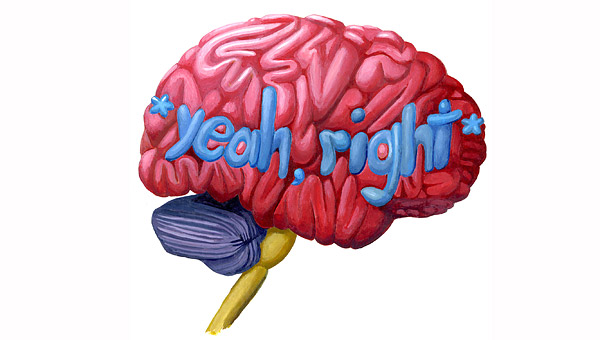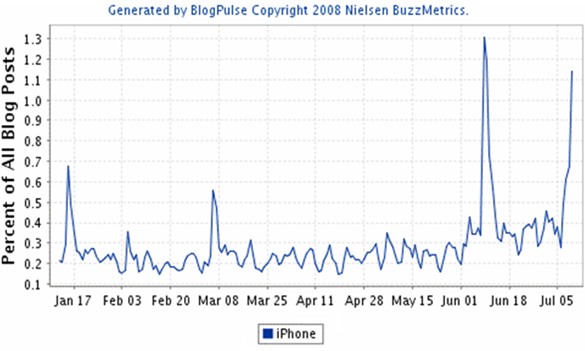 We’ve all been there… A conversation, presentation, or similar situation in which a sarcastic comment delivered flawlessly by you went flying like a jumbo jet over the heads of your listeners. Whenever this happens (often, yes, but let’s not dwell on that), I immediately think that my statement was off or my delivery was poorly timed, or something else went terribly awry. However, I now have the ability to blame someone else, or, better yet, something else.
We’ve all been there… A conversation, presentation, or similar situation in which a sarcastic comment delivered flawlessly by you went flying like a jumbo jet over the heads of your listeners. Whenever this happens (often, yes, but let’s not dwell on that), I immediately think that my statement was off or my delivery was poorly timed, or something else went terribly awry. However, I now have the ability to blame someone else, or, better yet, something else.
The New York Times published an article today called The Science of Sarcasm (Not That You Care), an introspective look into the core neurology that makes up sarcasm, its delivery, and its interpretation.
What you may not have realized is that perceiving sarcasm, the smirking put-down that buries its barb by stating the opposite, requires a nifty mental trick that lies at the heart of social relations: figuring out what others are thinking.
…snip…
…the magnetic resonance scans revealed that the part of the brain lost among those who failed to perceive sarcasm was not in the left hemisphere of the brain, which specializes in language and social interactions, but in a part of the right hemisphere previously identified as important only to detecting contextual background changes in visual tests.
…snip…
“The left hemisphere does language in the narrow sense, understanding of individual words and sentences,” Dr. Chatterjee said. “But it’s now thought that the appreciation of humor and language that is not literal, puns and jokes, requires the right hemisphere.”
What is even more fascinating is the actual section of the brain responsible for detecting sarcasm, the parahippocampal gyrus, has nothing to do with the delivery of sarcasm. All of that heavy lifting is done in the right frontal lobe — the home of everyone’s sense of humor, or lack thereof.
Should you encounter an awkward silence after delivering your next bit of sarcasm, just remember: It has nothing to do with you.



 We’ve all been there… A conversation, presentation, or similar situation in which a sarcastic comment delivered flawlessly by you went flying like a jumbo jet over the heads of your listeners. Whenever this happens (often, yes, but let’s not dwell on that), I immediately think that my statement was off or my delivery was poorly timed, or something else went terribly awry. However, I now have the ability to blame someone else, or, better yet, something else.
We’ve all been there… A conversation, presentation, or similar situation in which a sarcastic comment delivered flawlessly by you went flying like a jumbo jet over the heads of your listeners. Whenever this happens (often, yes, but let’s not dwell on that), I immediately think that my statement was off or my delivery was poorly timed, or something else went terribly awry. However, I now have the ability to blame someone else, or, better yet, something else.